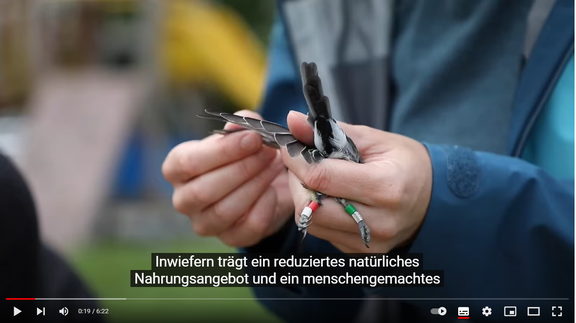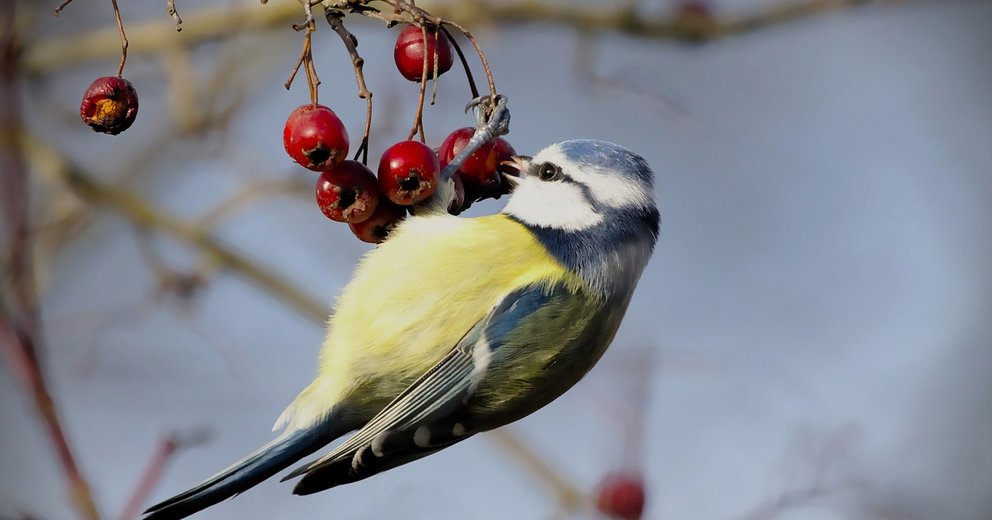
DEUTSCH
Indiesem Projekt untersuchen wir den Einfluss der zunehmenden Urbanisierung auf das Wanderverhalten von Kohl- und Blaumeisen in und um Innsbruck. Wir wollen Vögel an 180 Standorten in und um Innsbruck untersuchen und beobachten. Möglicherweise sehen Sie uns ja bei der Feldforschung!
Während der laufenden Forschung bitten wir um Ruhe. Auf dieser Seite erhalten Sie aktuelle Information zum Projekt. Auf der interaktiven Karte unten können Sie entdecken, an welchen Standorte welche Vögel beobachtet werden konnten.
ENGLISH
To understand how great tits and blue tits move within the urban mosaic in response to food availability, we plan to observe birds in 180 places in Innsbruck and adjacent villages. You might see us in your district!
While we need as much quietness as possible while doing our observations, you can find here the latest updates about the study. Browse the map below to check what birds were observed at each observation point!
Machen Sie mit!
Die Vögel sind zur Identifikation in drei Farben beringt. Der Standort (Adresse oder GPS-Koordinaten) der Sichtung einer gekennzeichneten Meise und der entsprechende Farbcode können direkt an Frau Dr. Marion Chatelain mit dem Betreff "Ringed bird" gesendet werden. Mit dieser Information können wir die Wanderbewegungen der Meisen besser verstehen.
Der Farbcode setzt sich wie folgt zusammen:
- rechtes Bein oben
- linkes Bein oben
- linkes Bein unten
Der untere Ring am rechten Bein ist immer grau – der offizielle Ring der Österreichischen Vogelwarten/Austrian Ornithological Centre (AOC). Beispiel: "Ich habe den Vogel Orange Grün Orange am 1. Oktober 2020 in der Technikerstraße 25 gesehen."
VIELEN DANK!
Participate in the study!
The birds we are studying will be wearing three color rings. If you see one, do not hesitate to report the colour code, where you observed the bird (address or GPS coordinates), and when to Marion Chatelain with "Ringed bird" in the subject line. Such information will help us tracking bird movements!
The order of the colours should be as follows:
- top right leg
- top left leg and
- bottom left leg
The ring on the bottom of the right leg will always be gray; it is an official metallic ring from the Austrian Ornithological Center. Example: "I observed the bird Orange Orange Green on the 1st of October 2020 at Technikerstraße 25".
THANK YOU!
News
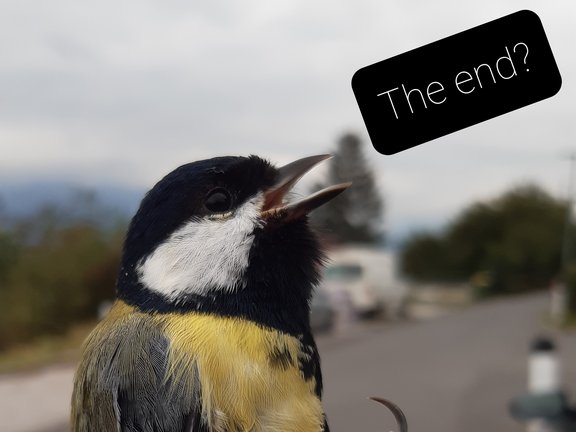
Great tits and blue tits have been sampled all-over Innsbruck region from October 2020 to August 2021. The data collection is now finished! In total, we measured 456 birds! However, this is not the end of the story! We will now analyze bird dropping to know what the bird ate and see whether bird diet depends on where they live.
(17th of October 2021)
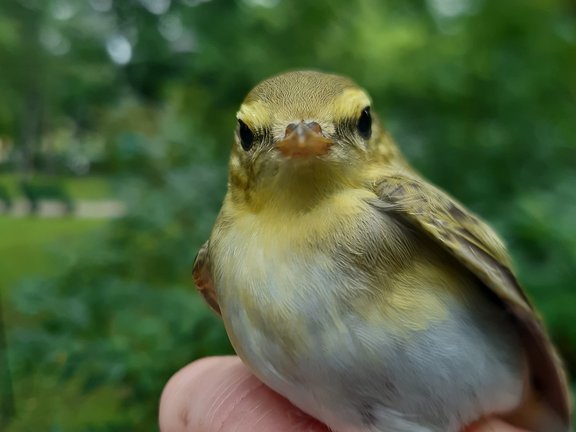
October's sampling campaign is now over! During those ten days, we measured 68 birds (49 great tits and 19 blue tits). Most of those birds were young birds. We also had the chance to observe two new bird species: the wood warbler with its beautiful yellow plumage (here on the left), and the stealth lesser whitethroat.
(13th of August 2021)
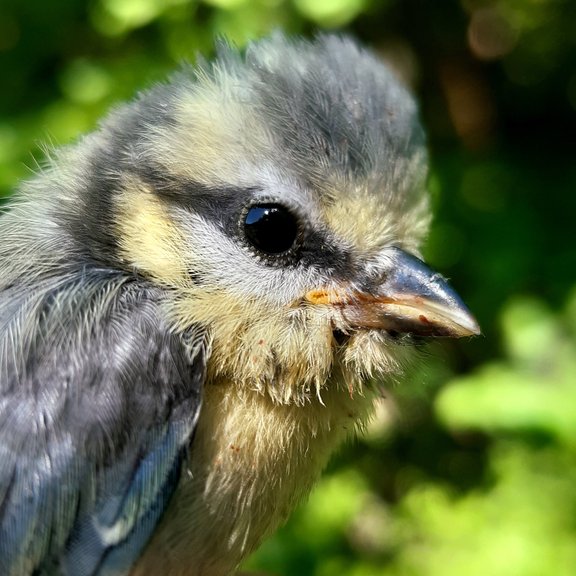
June's sampling campaign took place between the 2nd and the 16th of June. We measured 53 birds (38 great tits and 15 blue tits). From those birds, some were young birds that left their nest a few days/weeks ago (here a young blue tit!).
The next and last sampling campaign will be organized in August!
(17th of June 2021)
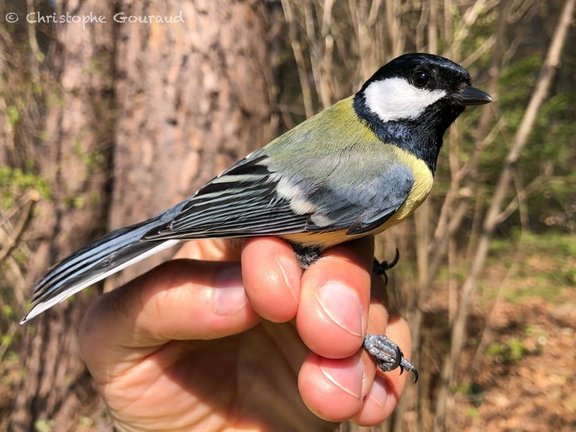
April's sampling campaign took place between the 7th and the 19th of April. In total, we measured 58 great tits and blue tits. Many females exhibited a brood patch (a skin area without feathers on the belly), which means that they are now laying their eggs!
We also observed other bird species such as the Common firecrest, the European serin or the Dunnock; have a look at the pictures below!
(20th of April 2021)
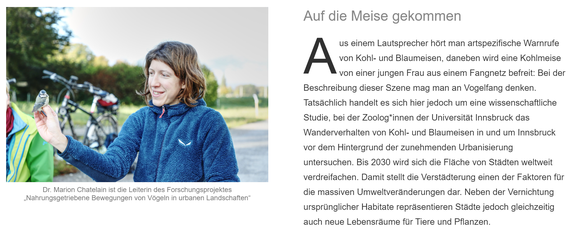
A new article about studies on animals at the UIBK!
"subject_10: Animals | Do animals deserve rights? What is it actually, a good animal life? And what role do animals play in research? Researchers at the University of Innsbruck answer these and other questions." Read the article here.
(17th of March 2021)
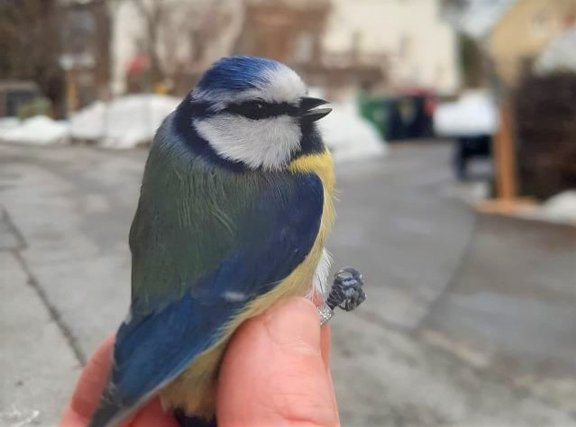
February's sampling campaign is now over. In total, we measured and marked 40 great tits and 41 blue tits! Moreover, thanks to the contribution of people, 10 individuals were re-observed. Interestingly, all of them were seen very close from the place where they have been caught.
The next campaign will be organized in April!
(23th of February 2021)

February's sampling campaign started on the 1st of the month! Other good news, five birds caught during the previous campaigns were observed again!
(2nd of February 2021)
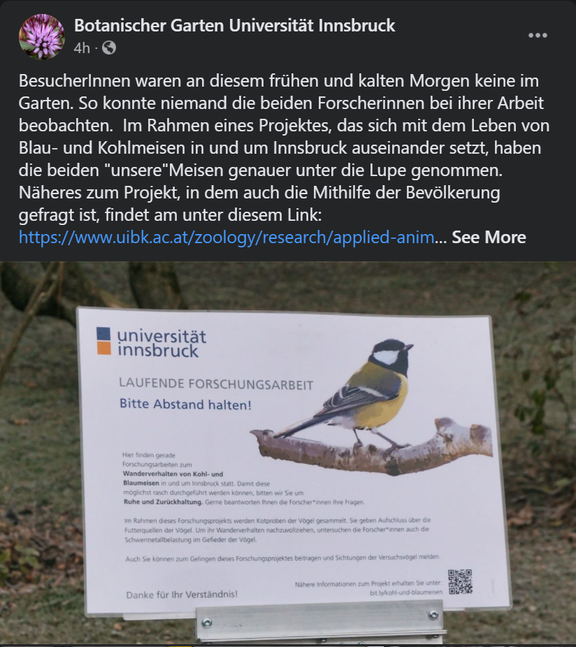
If you visit the Botanical garden, you might observe three blue tits wearing colour rings. Open your eyes and look up!
https://www.facebook.com/BotanischerGartenUniversitatInnsbruck/
(3rd of December 2020)
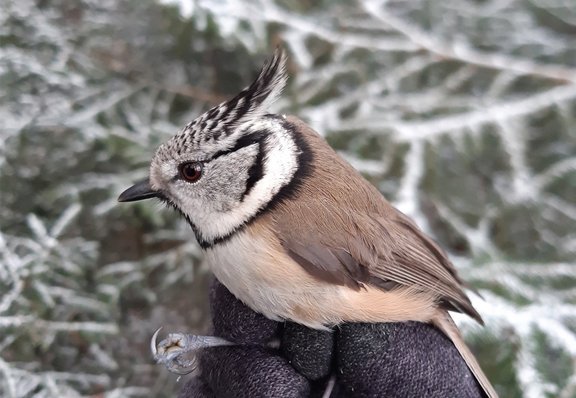
December's sampling campaign started! It will last until the 15th of December.
(2nd of December 2020)
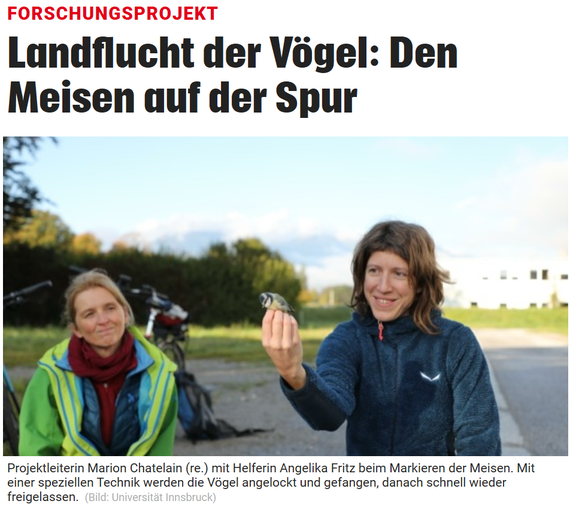
Citizens' help will contribute to the success of the project! A call for participation was recently published in the Kronen Zeitung :
"Landflucht der Vögel: Den Meisen auf der Spur" - Kronen Zeitung, 20.11.2020
(23rd of November 2020)
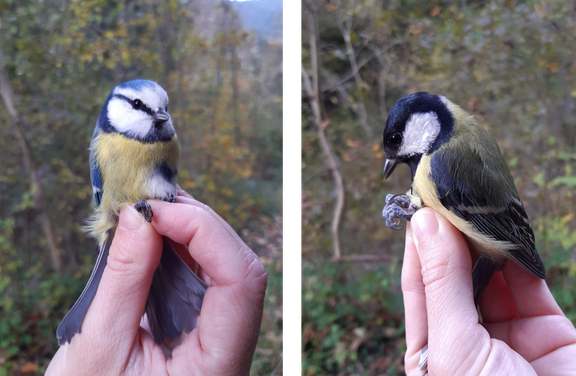
October sampling campaign is now over! In total, we measured and marked 81 great tits and 40 blue tits in Innsbruck, Natters, Völs and Aldrans!
The next campaign will be organized in December!
(22th of October 2020)
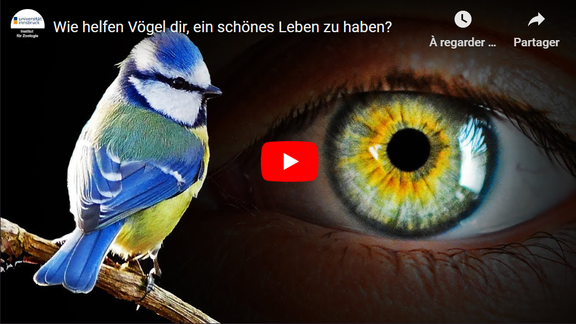
The project presented in a short video on Youtube!
(16th of October 2020)
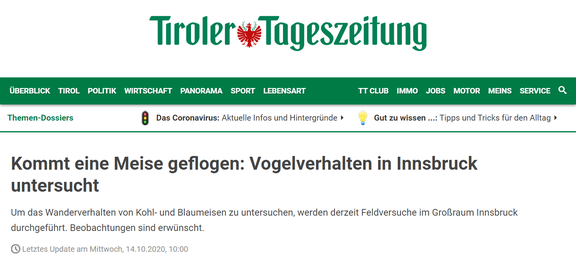
We are in the news! You can now read the articles from the "Tiroler Tageszeitung" as well as from Innsbruck University :
"Kommt eine Meise geflogen - Vogelverhalten in Innsbruck untersucht" - Tiroler Tageszeitung, 14.10.2020
"Feldversuche zum Wanderverhalten von Kohl- und Blaumeisen" - Universität Innsbruck, 14.10.2020
(14th of October 2020)
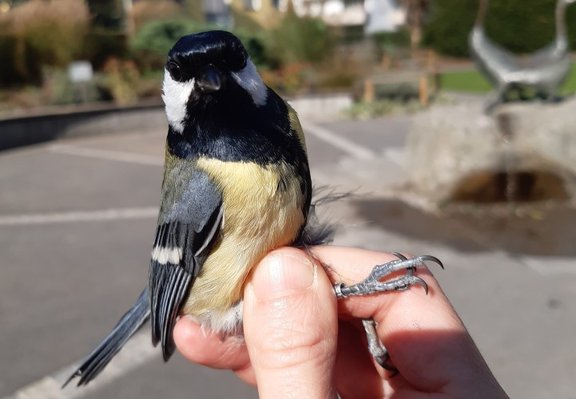
The project started on the 8th of October 2020. The first day of the study was a real success! We ringed 13 birds: 8 great tits and 5 blue tits!
Journalists followed us during this first day. You will soon be able to read more about the project in the "Tiroler Tageszeitung".
(10th of October 2020)
Interactive Map
Pictures
Our neighborhoods are rich in interesting and lovely bird species. Take a pause and have a look around you! You may observe a treecreeper climbing along the trunk of a tree or a marsh tit gleaning from leaves!
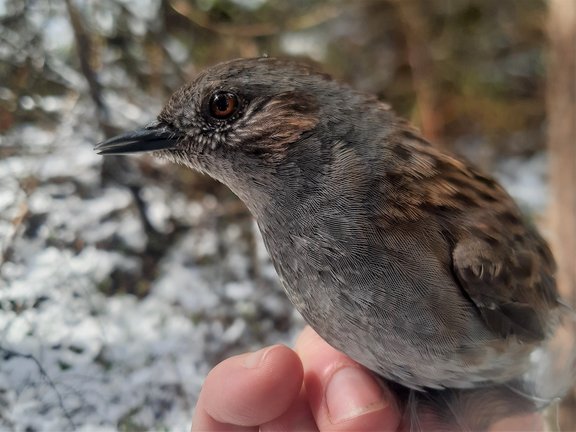
The Dunnock (Prunella modularis) can be mistaken for a sparrow. Actually, it is also called "hedge sparrow", although it is not a sparrow!
Observed in Natters
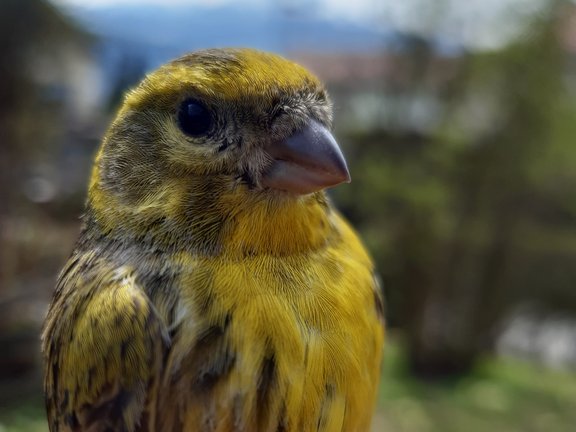
The European serin (Serinus serinus) likes semi-open habitats; this is why it enjoys parks and gardens, where it finds trees to nest and herbaceous plants to eat.
Observed near Innsbruck Botanical Garden
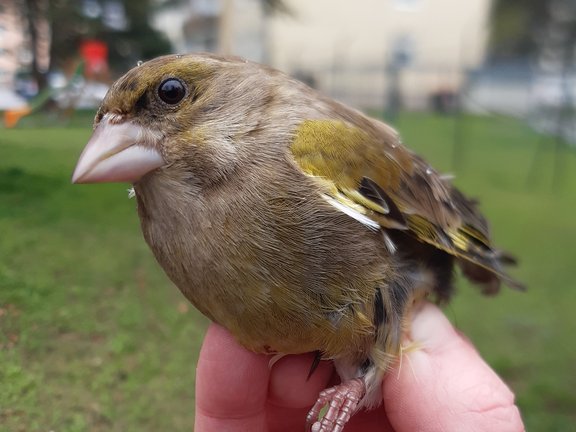
The European greenfinch (Chloris chloris) is mainly granivorous. As such, it is a regular visitor of garden bird feeders.
Observed in Reichenau
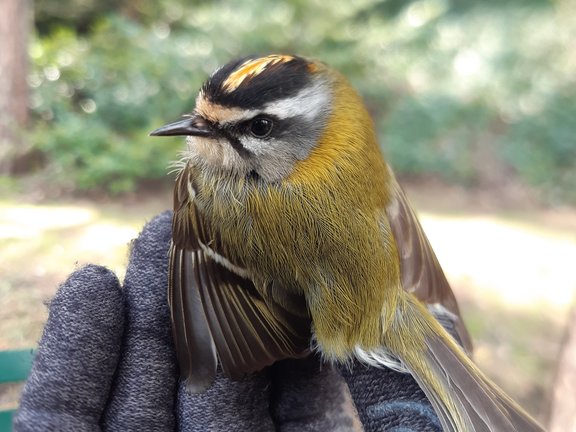
The Common firecrest (Regulus ignicapilla) exhibits a bright orange crest, hence his name! With its cousin the Goldcrest, It is the smallest bird in Europe.
Observed in the garden of Ambras Castle
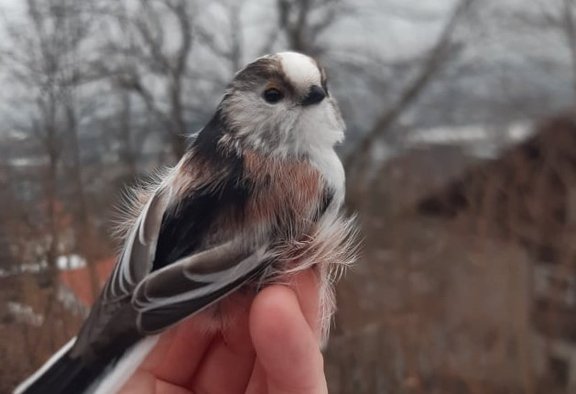
The long-tailed tit (Aegithalos caudatus) is actually not a true tit (Paridae)! They are easier to observe in winter: at this time of the year they are in groups of sometimes 20 individuals.
Observed in Mühlau
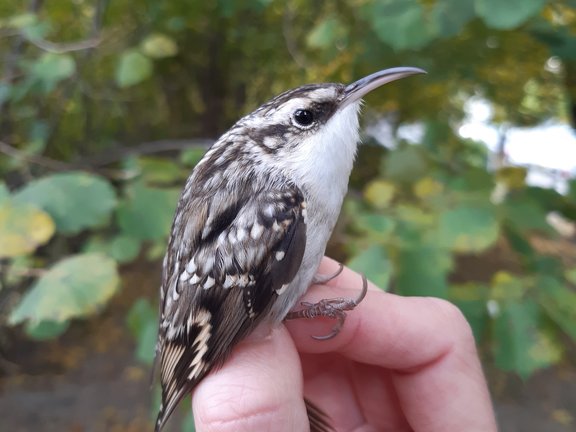
Short-toed treecreeper (Certhia brachydactyla)
Observed on An-der-Lan Straße
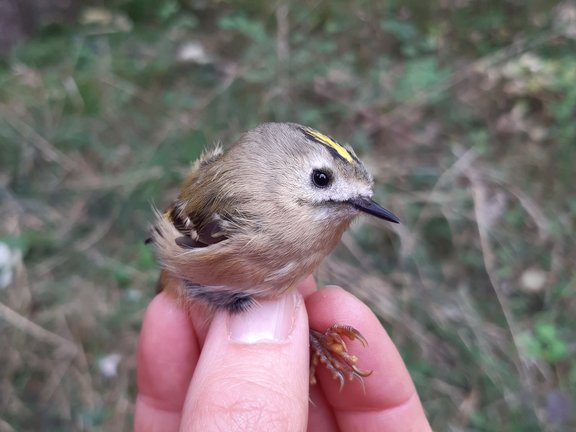
Goldcrest (Rugulus rugulus)
Together with the common firecrest (Rugulus ignicapilla), the goldcrest is the smallest bird in Europe!
Observed close to Gramartboden
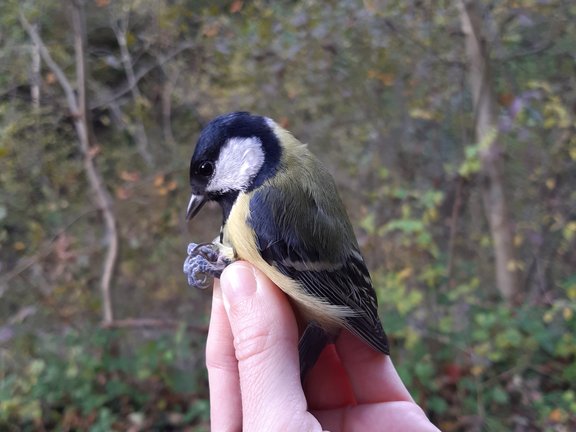
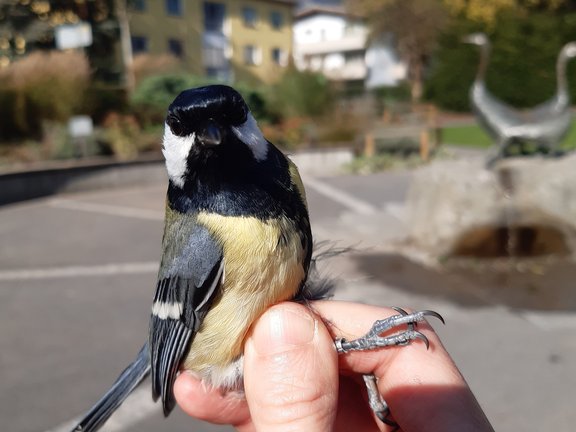
The great tit (Parus major) is widespread in both forests and more urbanised habitats. Together with the blue tit (Cyanistes caeruleus), it is an ideal model to investigate the effects of urbanisation on birds.
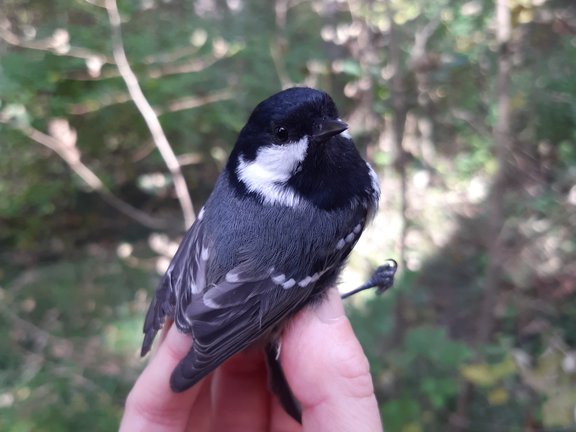
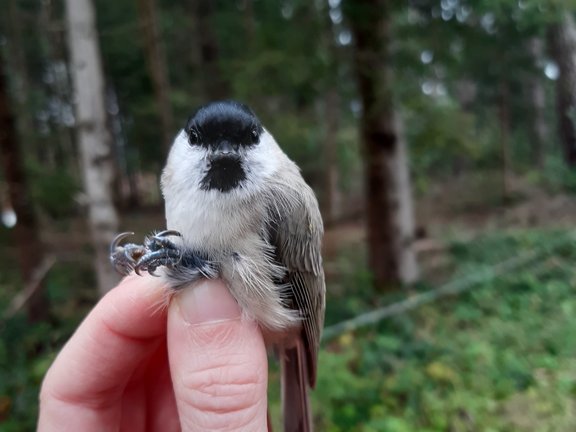
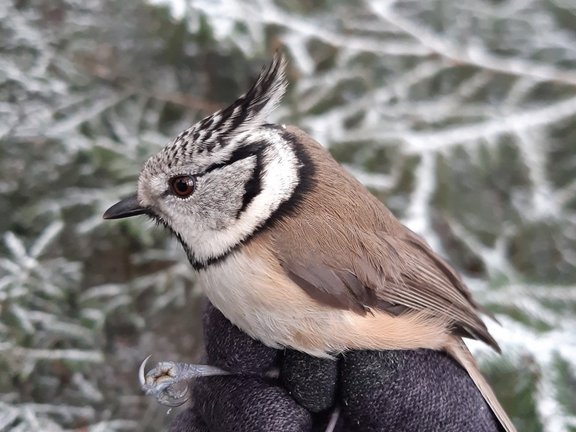
In Austria, there are 6 species of tits: the great tit (Parus major) and the blue tit (Cyanistes caeruleus) - very common, even in urban environments - but also the coal tit (Periparus ater; picture on the left), the marsh tit (Parus palustris; picture on the middle), the crested tit (Lophophanes cristatus; picture on the right) and the willow tit (Poecile montanus).

